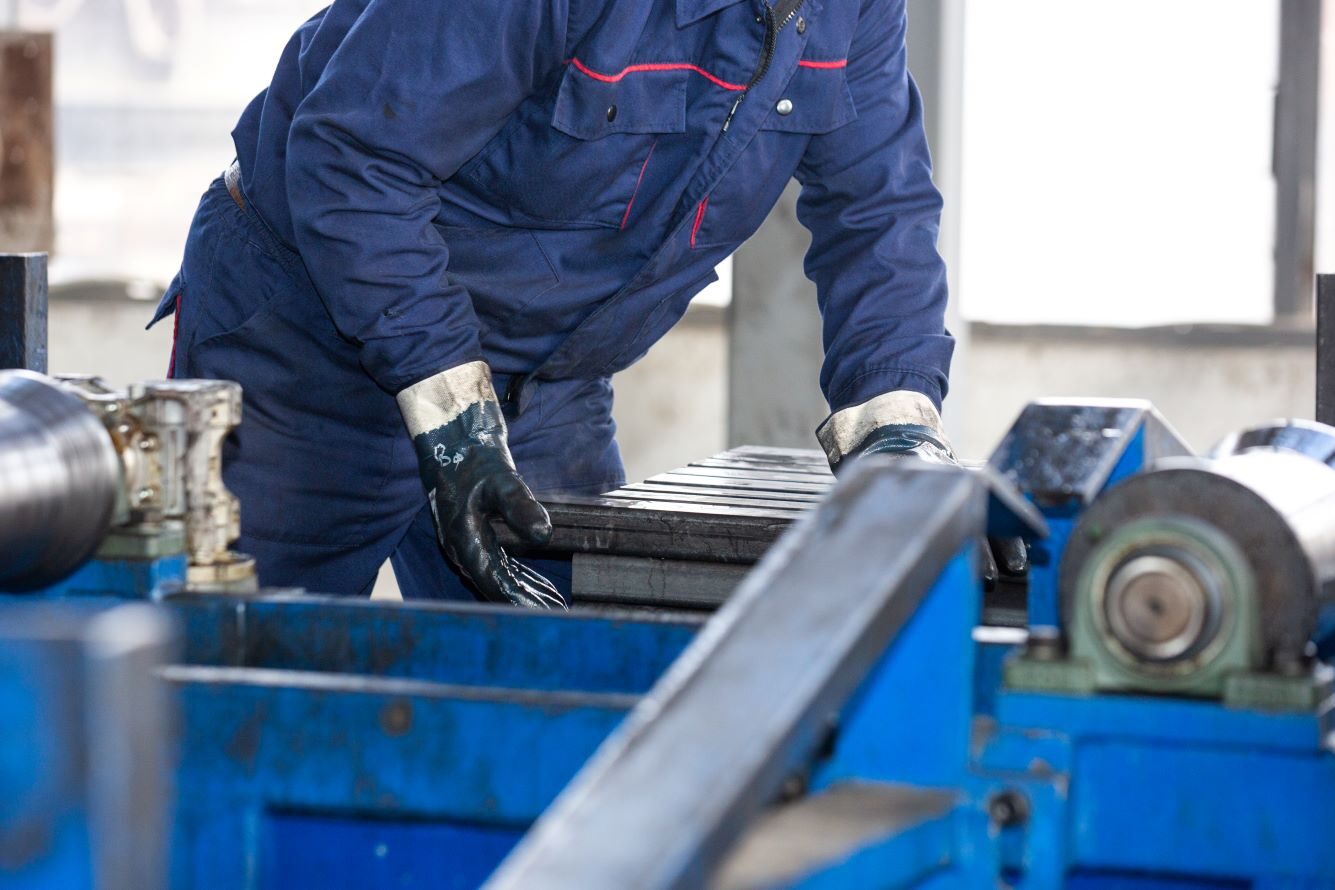

One common process in metal fabrication is bending. Bending metals allows you to create various shapes and sizes for your project. But how do you go about bending metals?
This article will focus on the metal bending. We will explore the basic steps and tips for bending metals. But first, let us look at what bending is and why bending is important.
Bending refers to the process of deforming ductile materials like metal into an angular shape. This can be done by applying force to the material, either manually or with the help of a machine.
There are two types of bending processes: cold and hot.
Cold bending is a process that uses a machine to bend the metal. This type of bending does not require heat, which makes it ideal for thinner metals. The process works by using a punch and die that shape the metal as it passes through the machine.
Hot bending is a process that uses heat to soften the metal before it is bent. This process works by heating the metal until it becomes malleable and then using a die to shape it.
The malleability of materials is different; therefore, you must pick the right material. Here are some materials that we recommend for metal bending:
Steel bending is ideal for projects that require great strength and durability. We recommend using low-carbon steel if you are looking for a metal that is easy to bend and has a low risk of cracking.
Also, if you are looking for a material that is resistant to corrosion and can be bent into complex shapes, we recommend using stainless steel.
The three commonly used aluminum alloys for bending are 3003-H14, 5052-H32 and 6061-T0.
6061-T0 is a dead soft all-purpose aluminum alloy that can be welded, riveted, or glued. It is also heat-treatable, making it ideal for bending.
5052-H32 and 3003-H14 are aluminum alloys that are also weldable but not heat-treatable. They are more corrosion-resistant than 6061-T) and the 5052-H32 is often used for marine applications.
When bending metals, it is important to ensure that the bends are consistent. The best way to do this is to use a punch and die.
A punch is a tool that is pushed into the material to be bent. The die is a tool that allows the material to form into a crevice when the punch is pushing into the material
Both punches and dies help to ensure that the bends are of the correct angle and size.
Having the requisite skills to bend metal is not enough; you also need the right tools and equipment. In addition, you need to understand the different types of metals and alloys and how they behave when bent. With these tips, you should be able to make clean bends on your next project.
If you are looking to have your metal parts bent for your project, New Mexico Metals LLC is here to help. We have the experience and expertise to help you with all your metal bending needs.
Contact us today for a free quote!